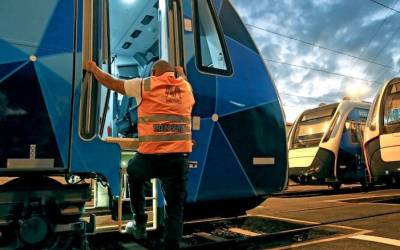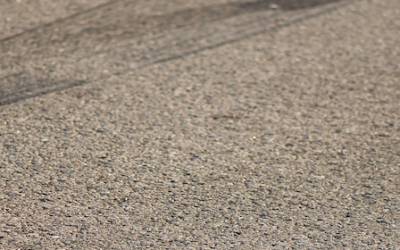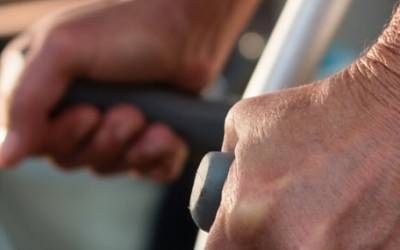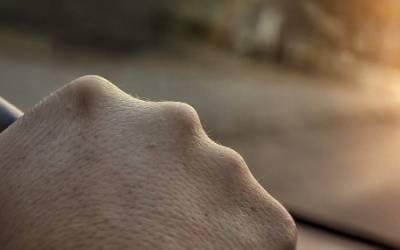Call 1800 641 743 for a free first interview. Ask about our No Win No Fee OR Expenses* fee policy.
Published: 05 June 2018
Author:
Stringer Clark TAC Law team
Reverse cameras and sensors significantly reduce risk of involvement in pedestrian crash
A recent Monash University Accident Research Centre (MUARC) study found that vehicles fitted with a reversing camera are 41% less likely to be involved in a back over crash (where a pedestrian or cyclist is struck by a reversing vehicle).
Similarly, vehicles with parking sensors are 31% less likely to be involved in a back over crash.
The study considered data from 3172 pedestrian injuries in Australia’s four largest states as well as from New Zealand, and highlights just how important technology can be in preventing injuries and saving lives.
Many new vehicles have reversing cameras and sensors fitted as standard. It’s also possible however for older vehicles to be retro fitted with this technology quite easily. There are a number of reversing cameras and sensors available on the market, many for under $100.
“Seventy percent of back over crashes happen when people are parking or reversing from a drive way and it’s fantastic to see these technologies are making a difference”, said MUARC Deputy Director Associate, Professor Stuart Newstead.
The study also highlighted the fact that that backover crashes involve all road users and span all injury outcomes. It called for the mandatory fitting of reversing cameras to all vehicles.
We have seen multiple cases where reversing cameras would have prevented injuries or saved lives, and for this reason we encourage people to consider adding this technology to their cars for extra safety.
Categories Road injury, Pedestrians, Prevention
Call 1800 641 743 to be connected to your nearest office, find an office near you on our office locations map, or email us using the form below and we will contact you on the same or next business day.
* Required Field



